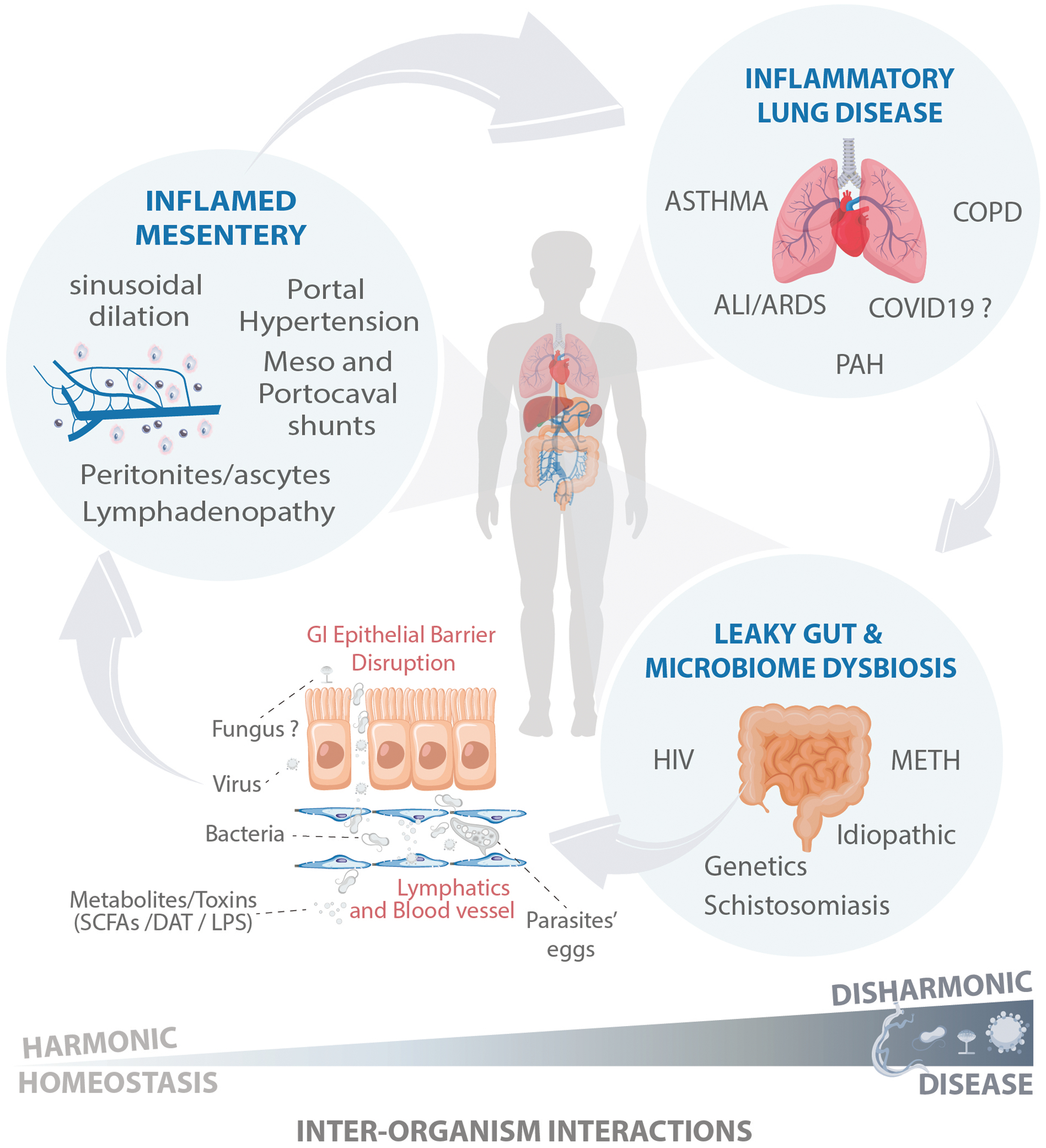FIGURE 2. Linking the gut to the lungs via the mesentery: a poorly investigated crossroad.

In response to increased gastrointestinal (GI) permeability (“leaky gut”), some opportunistic microbes, which translocate more efficiently than other commensals microorganisms, including Escherichia coli, accumulate into the peritoneal cavity, inside the mesenteric lymph nodes, or achieve systemic circulation, causing multiorgan disease. The lymphatic system significantly accounts for the physiological and pathological translocation of pathogens, its molecules, and toxins into other organs such as the lungs; however, the mesenteric circulation provides an essential gut-lung communication route through its branching into the portal system and subsequently into the cava vein and lung vasculature. Spontaneous or surgical mesovacal shunts can allow a direct gut-lung communication, bypassing hepatic clearance. Tissue homeostasis is preserved under harmonic interorganism interactions. However, following a disharmonic interaction, such as in chronic stages of schistosomiasis, the host succumbs to disease.
